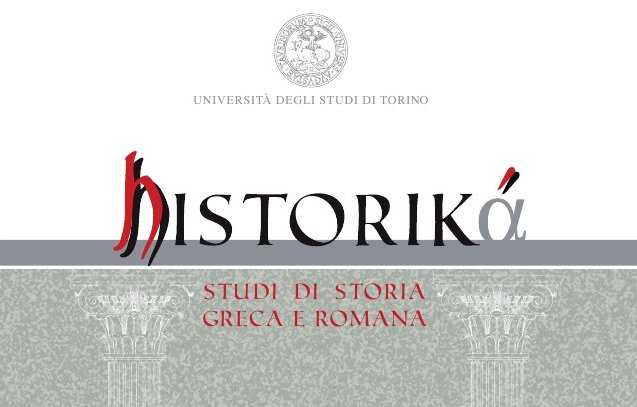Xystarchai ed eisagogeis ai Sebasta di Neapolis
DOI:
https://doi.org/10.13135/2039-4985/7844Abstract
Il primo problema da affrontare nella fondazione di un agone dell’importanza dei Sebastà, erano ovviamente le finanze. In una città greca un gran numero delle spese pubbliche, che in uno stato moderno sono ricavate dalle entrate delle tasse, erano di pertinenza molto più diretta dell’istituzione chiamata “liturgia”. Le responsabilità finanziarie per determinati incarichi erano imposte a turno su cittadini ricchi, con provvedimenti per assicurarsi che nessuno potesse esimersene.
Accanto a figure di primo piano come l’agonoteta, cioè “presidente” o “organizzatore” dei giochi pubblici e il ginnasiarco, il direttore preposto al ginnasio, che aveva il compito di sorvegliare, per incarico della città, la gioventù che lì si esercitava, esistevano poi tutta una serie di figure “secondarie”, ma più strettamente legate agli aspetti tecnici dell’agone.
Lo xystarches, era il capo di un’associazione corporativa di atleti che usavano il ginnasio ed i suoi terreni, ed era nominato direttamente dall’imperatore per rappresentare l’associazione nelle occasioni ufficiali. Tale associazione durante l’età imperiale con molta probabilità ebbe la sua sede centrale a Roma, mentre le numerose altre compagnie furono solamente sezioni locali o regionali della confederazione principale. Si sceglievano come capi dello xystòs degli ex-atleti, di preferenza atleti pesanti, soprattutto pancraziasti, ma anche lottatori, pugili, ed ugualmente corridori; si sceglievano naturalmente i campioni più celebri, gli hieronikai, i periodonikai, i pleistonikai, quei veterani che si consideravano degni di presiedere il concorso nel caso in cui non vi prendevano parte. Supervisori di uno o più agoni che si svolgevano in una città o in una regione o in una provincia, gli xystarchi potevano esercitare questa funzione in una festa speciale, ma a partire dal II secolo, le loro mansioni potevano anche estendersi a tutte le feste della città. La maggior parte delle volte, la xystarchia appare piuttosto soltanto come una dignità onorifica. Ai Sebastà lo xystarches figura in compagnia dei mastigofori e degli agonoteti e offre un sacrificio a spese della città.
La parola εἰσαγωγεῖς, invece, indicava i membri di un collegio particolare di magistrati designati a sorte. Le loro funzioni non sono di facile interpretazione, ma hanno un sicuro legame con l’ambiente agonistico. Il termine viene tradotto come “introduttore” all’interno di un concorso sportivo, una carica sicuramente inferiore a quelle dell’agonoteta. Tutte le testimonianze in nostro possesso, compresa quella dei nuovi cataloghi di piazza Nicola Amore, appartengono all’epoca imperiale, e sembra di poter affermare che la carica continua ad esistere fino al V secolo d.C.
##submission.downloads##
Pubblicato
Fascicolo
Sezione
Licenza
Gli autori che pubblicano su questa rivista accettano le seguenti condizioni:
- Gli autori mantengono i diritti sulla loro opera e cedono alla rivista il diritto di prima pubblicazione dell'opera, contemporaneamente licenziata sotto una Licenza Creative Commons - Attribuzione che permette ad altri di condividere l'opera indicando la paternità intellettuale e la prima pubblicazione su questa rivista.
- Gli autori possono aderire ad altri accordi di licenza non esclusiva per la distribuzione della versione dell'opera pubblicata (es. depositarla in un archivio istituzionale o pubblicarla in una monografia), a patto di indicare che la prima pubblicazione è avvenuta su questa rivista.


 The journal has been approved for inclusion in DOAJ. The DOAJ listing of the journal is available at
The journal has been approved for inclusion in DOAJ. The DOAJ listing of the journal is available at 

